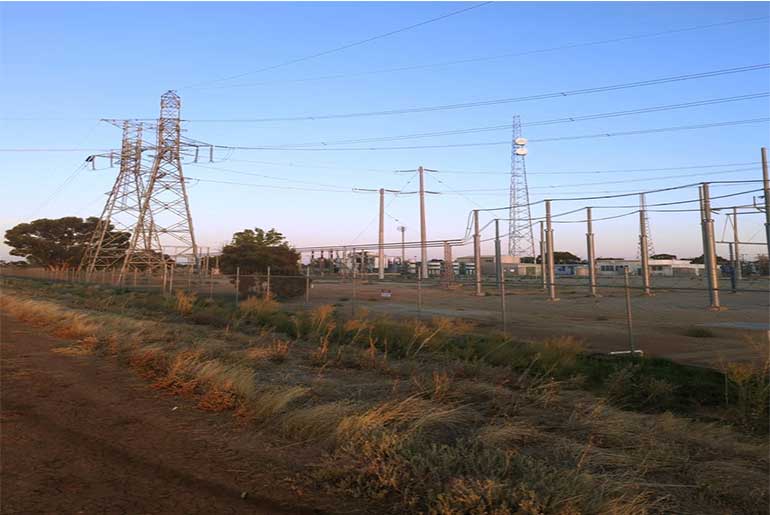ACE Power has announced the successful sale of its 103 MW / 206 MWh grid-forming Battery Energy Storage System (BESS) project to Banpu Energy Australia. The project, located in Victoria’s Loddon Valley region approximately 5 km south of Kerang, marks a significant step forward in delivering more reliable and secure power to the state.
The ACE team has successfully developed the Kerang BESS from a greenfield site to the ‘ready-to-build’ stage. This included securing land tenure, obtaining the relevant planning and grid approvals, negotiating key construction contract terms, and entering a Cultural Heritage Management Plan with local Traditional Owner representative organizations. ACE Power will continue to support Banpu with achieving financial close, which is scheduled to occur later this year.
ACE Power Founder and Managing Director Andy Scullion is very pleased with the outcome:“We are delighted to have reached agreement with Banpu Energy Australia on the sale of Kerang BESS. This is a fantastic outcome for the network in northern Victoria after 3 years of work from our team. Using grid-forming inverter technology, Kerang BESS will provide stronger support to the Victorian electricity network by boosting system strength and resilience. This will also unlock additional capacity for other renewable technologies such as solar and wind to come online.”
The system is intended to operate by charging when energy is abundant—typically during midday hours—and discharging during peak demand periods in the morning and evening. This will enhance overall grid balance, increase competition in the energy market, and help to reduce electricity costs for Victorian consumers.
In parallel, ACE Power is also developing the adjacent Kerang Solar & BESS Hybrid project, which received 5.3.4A connection approval in July this year and is expected to reach financial close shortly after Kerang BESS. Together, these projects highlight ACE Power’s leading role in supporting the Victorian Government’s renewable energy and storage targets. At peak construction, the two projects will employ approximately 150 full-time equivalent workers and create 12 permanent operational roles.



